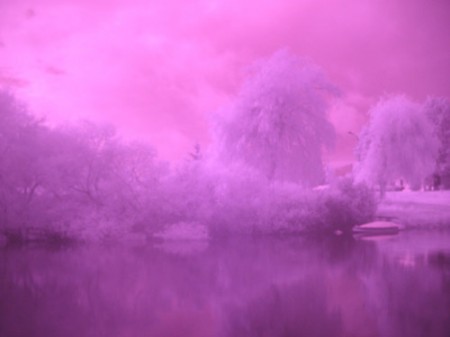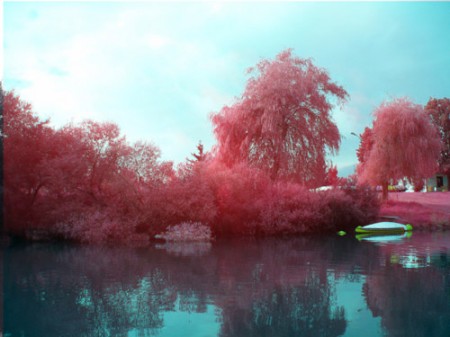UWB je the name of the game
Na Registru berem, da BlueTooth še zdaleč ni dead.
Vse se vrti okrog zastavljega cilja Bluetootha, ki je “visoke hitrosti na kratke razdalje”, in na kratkih razdaljah bodo Ultra-Wide-Band tehnologije (ki bodo nazaj kompatibilne z Bluetoothom), dosegle hitrosti do pol Gbps, morda še več.
WiFi pa v nasprotju s tem teži k povečevanju dometa, kar vodi v neizbežno interferenco in manjše hitrosti. Ker je vsak user preveč egoističen in bi se se rad čimbolj oddaljil od dostopne točke, s tem trči ob interese drugih userjev in vsi so na slabšem. V članku to primerjajo z avtomobilsko industrijo, kjer si vsak lastnik želi čim hitrejšega avtomobila, potem pa se zaradi gužve, ki jo delajo drugi, vozi po mestih počasneje, kot bi se z biciklom.
Na obzorju so tenologije, ki bodo še (okrog 2x) povečale domet WiFi-ja, s tem pa bo situacija še slabša.
Za to obstaja rešitev – Mesh. Povezovanje dostopnih točk med sabo po zraku. Tako ni treba, da tvoja mreža seva v radiju 200m, dovolj je, če lahko do svoje dostopne točke prideš čez mreže drugih uporabnikov. Mesh tehnologija je že izpopolnjena, edina stvar, ki manjka, pa je standardizacija.
V članku napovedujejo preobrat, ki ga bo sprožila zakonodaja: prej ali slej bo nekdo omejil uporabo vse močnejših dostopnih točk na tiste, ki so hkrati ponudniki dostopa do interneta. In takrat bodo tehnologije kratkega dosega prevzele štafeto.









Reply
You must be logged in to post a comment.